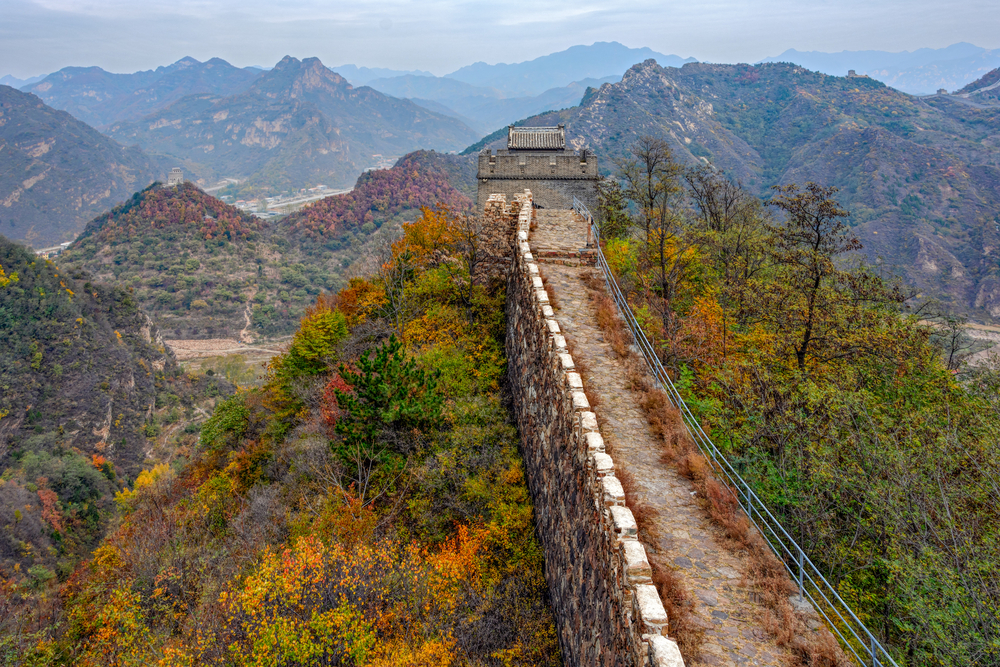Showing Innovative Design, The Great Wall of China Is 300 Years Older Than Once Thought
Posted on Categories Discover Magazine

Even walls can evolve. A survey of the oldest section of the Great Wall of China not only bumps back its age by 300 years but shows waves of architectural innovations. The oldest section is in the Changqing District, Jinan, Shandong Province and is sometimes called the Great Wall of Qi.
Revisiting the Great Wall
The survey, conducted last year by the Shandong Provincial Institute of Cultural Relics and Archaeology, employed a host of tools to investigate the wall’s origins. They sampled soil from a variety of areas around the wall and looked for trace amounts of dead plants.
They also used several dating techniques. Collectively, those techniques led the archaeologists to re-evaluate the age of the wall, pushing back its oldest portion’s provenance by 300 years, to about 3,000 years old.
Three Construction Phases
The study also revealed three distinct construction phases, according to Zhang Su, project leader of the institute. The oldest “Qi” portions dated back to the late Western Zhou Dynasty (1046 B.C.E. to 771 B.C.E.) and the early Spring and Autumn Period (770 B.C.E. to 476 B.C.E.). These sections were about 32 feet thick.
The Qi Great Wall is both the earliest and longest segment of China’s, extending about 400 miles across central Shandong, from Changqing in the west to the coast of Qingdao in the east. It is considered a UNESCO World Heritage site.
The next phase dates to the Warring States Period (475 B.C.E. to 221 B.C.E.), and revealed far more advanced construction techniques, with the thickest sections measuring nearly 100 feet wide. The final — and best-preserved section — was constructed under King Xuan of Qi (c. 350 to 301 B.C.E.). It appears that its builders compacted the fine yellow earth at its foundation with metal rammers.
Read More: The New 7 Wonders of the World and Where You Can Visit Them
Underground Living Quarters
The archeologists also made other discoveries when digging around the base of the oldest section. They found what appears to be subterranean living quarters with square foundations and rounded corners. Workers may have dwelt there during the wall’s construction and soldiers may have dwelt in them after it was completed.
The team also discovered an ancient settlement, Pingyin City less than a mile north of the Qi portion of the wall. Pingyin City served to protect transportation routes and maintain border security.
Pivotal Location
Historical records show that Pingyin was a pivotal military site. Archaeological excavations have confirmed the existence of Pingyin’s western city wall, stretching at about 1600 feet, along with signs of trenches and fortified gates mentioned in ancient texts. The ancient city’s proximity to the Great Wall probably strengthened its status not just as a military base but also played a key role in trade and transportation.
Nearly 3,000 years after the start of its construction, the Great Wall continues to provide new information about its history and role in Chinese society.
Read More: Did the Great Wall of China Actually Keep Invaders Out?
Article Sources
Our writers at Discovermagazine.com use peer-reviewed studies and high-quality sources for our articles, and our editors review for scientific accuracy and editorial standards. Review the sources used below for this article:
Before joining Discover Magazine, Paul Smaglik spent over 20 years as a science journalist, specializing in U.S. life science policy and global scientific career issues. He began his career in newspapers, but switched to scientific magazines. His work has appeared in publications including Science News, Science, Nature, and Scientific American.